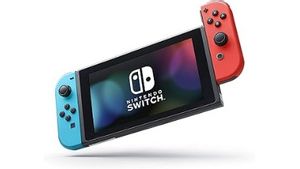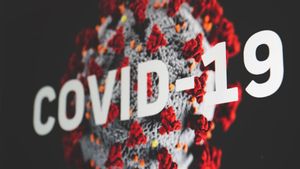YOGYAKARTA - USB-C or Type C is a significant change of standard USB iteration, coming with a new connector and a lot of advanced features. Let's see all the difference between Micro USB and Type C.
Unlike the difference between USB 2.0 and USB 3.0, the difference between Micro USB and USB-C is not just a matter of numbers. The physical dimension of the connector is also an important factor, determining the type of device that can use it. Here are the details.
All Findings
Type-C
Data transfer up to 10 Gbps.
It is used on smartphones and laptops.
Able to generate up to 100 Watts of power.
Can be entered at any orientation.
USB micro
Data transfer up to 480 Mbps.
Compatible with more electronic devices.
Limited to a power of 9 Watts.
It must be included with the correct orientation.
USB microtechnology was founded in 2007 and is still incorporated in a variety of modern electronic devices for charging and data transfer. Type-C or USB-C was introduced in 2014 and mainly used on newer smartphones and laptops due to larger charging capacity and faster data transfer rates.
USB-C cables are easy to use because you can enter them into a USB port with any orientation. The Micro USB connector has short edges and edges, so it should be positioned parallel to the port direction.
Data Transfer Speed: Remote Type-C faster
Type-C
Able up to 10 Gbps.
This may include USB 3.0 or USB 3.1 technology.
The speed of device data transfer is usually a limiting factor.
USB micro
Limited to 480 Mbps.
Using USB 3.0 technology.
The speed of cable data transfer is usually a limiting factor.
USB-C is a faster connector, combining USB 3.0 and USB 3.1 technologies to transfer data between 5 Gbps (gigabits per second) and 10 Gbps.
In contrast, the Micro USB connector only transfers data up to 480 Mbps (megabits per second), or up to 5 Gbps if the cable supports USB 3.0.
If you use a newer device with data transfer speeds faster than 5 Gbps, the Micro USB port will be a limiting factor regarding how fast you can transfer data between the device and USB accessories. However, because some devices like USB drives can't transfer data faster than 5 Gbps, you'll find that the device is usually equipped with a USB micro port and cable.
Power Charging Speed: Faster Type-C
Type-C
Can power a device with low watt and high watt.
Capable of fast charging.
Save time while recharging your smartphone.
USB micro
It can only power electronics with low watts.
Unable to do fast charging.
It takes longer waiting to recharge your smartphone.
The USB-C cable also charges the device faster than the Micro USB because the USB-C protocol provides a maximum power of 100 Watts. This means the USB-C cable manufacturer can include a higher power supply. It also means that USB-C can power even larger devices such as laptops or printers. USB-C is also capable of providing input and output power.
On the other hand, Micro USB can only transfer power up to 9 Watts. That only makes it useful for charging smaller electronic devices. It also can't provide power from a "fast charging" power adapter. Micro USB can only enter power.
It is this power difference that causes most of the latest Android phones now to use USB C ports for charging and data transfer.
Conclusion
Type-C is superior to Micro USB, although each has a role to play. Although the Type-C used to be only for larger and higher-power electronics, now we see devices with modest power needs using Type-C (keyboard, Kindle, etc.). The best thing is to regard Micro USB as an old technology, even if there is a place. For ease of use, no one beats Type-C.
So after knowing the difference between Micro USB and Type C, see other interesting news on VOI, it's time to revolutionize news!
The English, Chinese, Japanese, Arabic, and French versions are automatically generated by the AI. So there may still be inaccuracies in translating, please always see Indonesian as our main language. (system supported by DigitalSiber.id)









